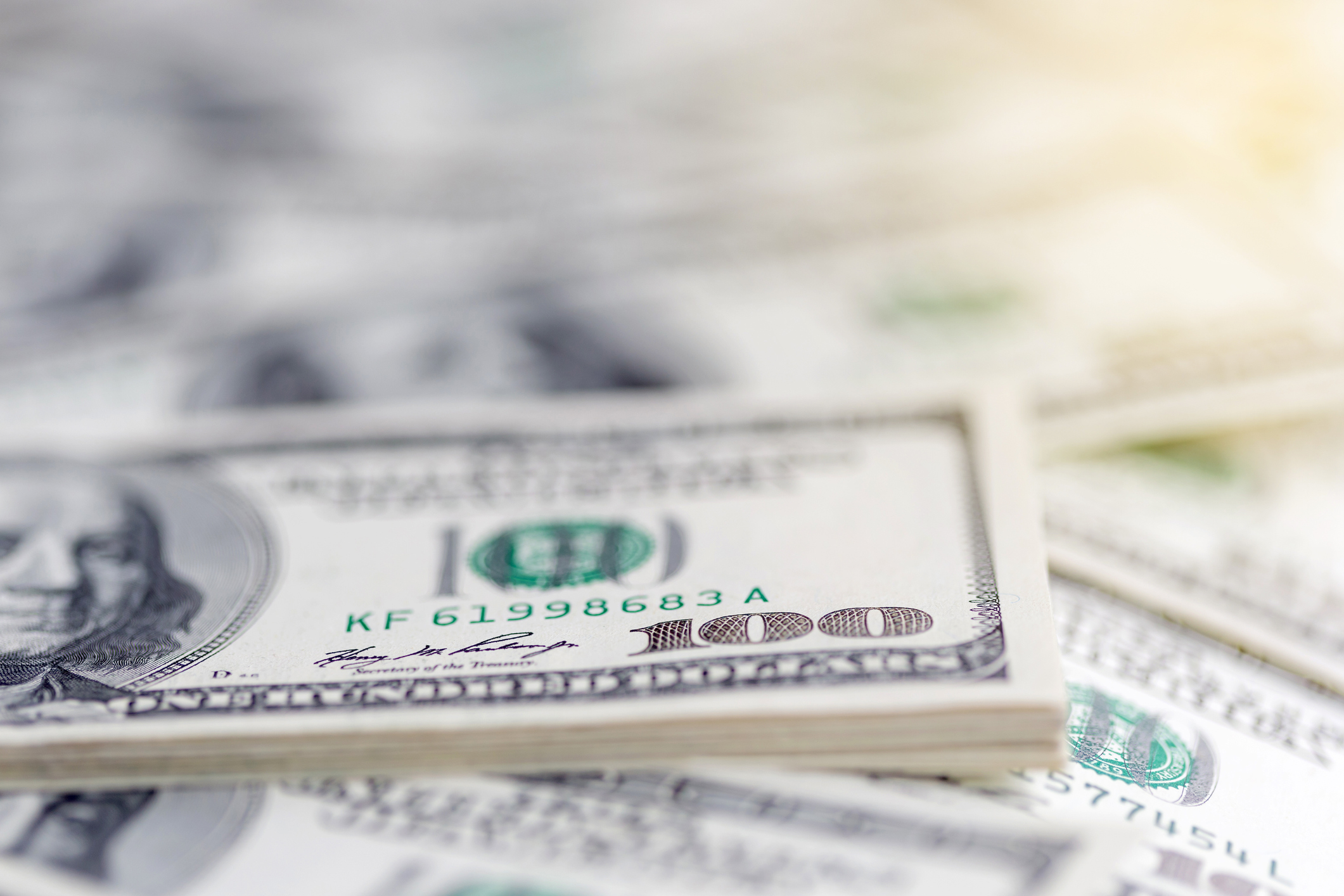Research Brief
Inflation
September 2024

Eases in Pricing and Hiring Pressures Pave
Way for First Steps Toward Lower Rates
Inflation cools to more than three-year low. Headline CPI increased 2.5 percent year over year in August — its smallest annual gain since February 2021. This slowdown is in part fueled by a 4.0 percent drop in energy prices. Removing that category along with food costs, the core CPI measure was up 3.2 percent from August 2023. While higher than headline inflation, the core metric was nevertheless below where it has been for nearly four years, aided by falling commodity prices and a tempering jump in the shelter index. Core PCE, the Federal Reserve’s preferred inflation measure with a smaller emphasis on shelter prices, was up 2.6 percent year over year in July and just 0.4 percent since May. If that recent pace was extrapolated for a whole year, the rate of inflation would fall short of the Fed’s 2.0 percent target.
Lower costs helping consumers and commercial real estate. The index tracking gas costs has fallen 10.3 percent since August 2023, and while official shelter inflation remains high, other real-time measures of housing costs are cooler. The average effective apartment rent was up 0.9 percent year over year in June, while Freddie Mac’s average 30-year fixed-rate mortgage has come down from a peak of 7.8 percent in October 2023 to 6.4 percent in early September. These trends are easing pricing pressures on consumers, aiding greater household formation and sustaining a record level of core spending at retailers. This, in turn, underpins demand for a broad range of commercial spaces spanning the multifamily, retail, industrial, self-storage and hospitality sectors.
Recent economic data all but solidifies Fed rate cut. Tapering inflation, paired with last month’s unemployment rate dip, has laid the groundwork for a 25-basis-point cut in the federal funds rate at the Sept. 18 Federal Open Market Committee (FOMC) meeting. While small, this decision will likely launch a greater reduction cycle. Roughly half of Wall Street participants expect a federal funds rate between 2.75 percent and 3.25 percent by December 2025. The Fed has also eased its pace of balance sheet runoff, alleviating upward pressure on long-run interest rates. Already, the 10-Year Treasury fell into the 3.6 percent zone in mid-September, compared with a 4.7 percent high earlier this year. Lower interest rates should help more commercial real estate sales pencil, potentially kicking off a greater level of transactions amid elevated levels of dry powder capital.



* CPI and Core CPI through August, Core PCE through July ** Treasury Yield as of Sept. 10
Sources: Marcus & Millichap Research Services; Federal Reserve; Freddie Mac; CoStar Group, Inc.;
Moody’s Analytics; RealPage, Inc.; U.S. Bureau of Economic Analysis; U.S. Bureau of Labor Statistics
TO READ THE FULL ARTICLE

